 By:
Justin Time
By:
Justin Time
The native cannabis variety known as Beldia or Beldi, whose name derives from “native” or “from here,” originates in the Rif mountains in Morocco and is primarily cultivated to produce kif, intended for international sale. The most famous region for this cultivation is the Ketama Valley, also locally known as Ktama Bladi.
Due to legal restrictions on cannabis in Morocco, this variety has not been the subject of agronomic or botanical studies, making it difficult to determine its origin. Additionally, genetic contamination with foreign varieties brought from Europe and America has made it increasingly challenging to find a landrace plant, these are strains of genetic purity. The introduction of seeds from other varieties in the 2000s, such as the Critical, has led to a gradual decline in the cultivation of Beldia marijuana.
The invasion of other plants in the 2002s and the excessive cultivation of seeds from other races led to a progressive substitution and almost disappearance, reducing the cultivation of pure Beldia marijuana, not to mention the impact on natural terrain. Unlike the native variety, foreign varieties are not adapted to the dry climate and require more water, so many aquifers that were already being overexploited have ended up drying out. This, coupled with the severe drought that hit the country in the 2019-2020 period, is one of the motivations that led the Moroccan government to legalize and therefore regulate cannabis production in 2021.
Before the internationalization of the cannabis trade, Moroccan kif was consumed locally in pipes called sebsi, in food recipes, and occasionally in Sufi religious rituals. Although cannabis was banned after independence, tolerance in the Rif region and its economic importance have sparked a debate on its legalization.
In 2009, there was a proposal to change the perception of cannabis as a traditional herbal remedy. In 2014, the PAM proposed a bill that would keep recreational consumption illegal but regulate production for medicinal and industrial uses.
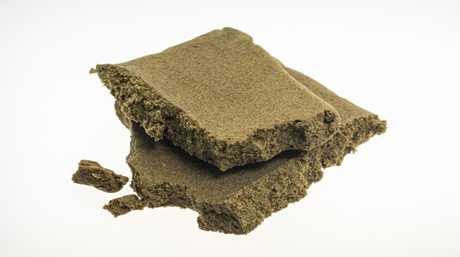
Although discussions about legalization have been taboo, there has been an increase in recent debates and support. Some advocate for controlled legalization as a solution to combat the black market and generate tax revenue, while others warn of potential risks.
Morocco finds itself at a crucial crossroads, attempting to balance the preservation of its cultural heritage with the need to address the social challenges associated with cannabis consumption. How the country handles this issue will not only affect the Rif region but also influence global perceptions of Morocco and its position on the international stage.
The cultivation of Beldia will be subject to strict conditions, with the extension depending on the results of tests and biological analyses, according to informed sources. The agricultural cooperative founded by Adbib in Kétama, composed of thirty farmers, has received the first authorizations from the ANRAC after years of clandestinity and marginalization.
In the northern region, where legal cannabis cultivation has been authorized, the ANRAC has established three centers dedicated to the cultivation, collection, and processing of cannabis in the areas of Chefchaouen, Taunat, and Alhucemas. The Alhucemas region will be home to Beldia cultivation, with plans for a processing unit in Kétama.
It is relevant to highlight that the legal cannabis currently cultivated and processed in these areas is based on foreign seeds and imported plants, as emphasized by Adbib. The cooperative plans to start the planting campaign this March and establish its own, processing unit in the coming months, under the scrutiny of the ANRAC.
Abdellatif Adbib, 65, had also advocated before UN authorities for the therapeutic effects of the plant in the context of regulated use. With a THC content of less than 1%, the main psychoactive substance, the specific Moroccan Beldia has the potential to be legally cultivated for industrial use, benefiting farmers and the regional economy.
The approval of legal Beldia cultivation in Morocco marks a significant change in cannabis regulation in the country, opening up new opportunities in key industrial
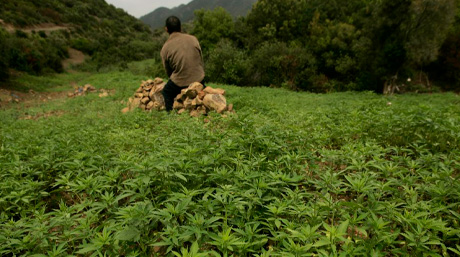
sectors and offering a way forward for farmers who have faced years of clandestinity.
Beldia cannabis is primarily cultivated and sold in Morocco, although it can also be found in other North African countries and some European countries.
Before the arrival of allochthonous varieties, the local cannabis strain was not identified in any particular way, and Rif peasants simply called it kif (‘marijuana’), naanaa (‘mint’), or aachba (‘stem’, ‘branch’).
The name Beldia or Beldiya (‘native’), which comes from the Dariya Bled (‘country’, region), was given in contrast to hybrid varieties. The Beldia strain is also known as Maghribiya (‘the Moroccan’), Aadiya (‘the normal, regular’), or even Kdima Dyalna (‘the old’ or ‘ours’). Hybrids, on the other hand, were designated as Gauriya (from gavur, ‘Western’) or rumiya (from rûm, ‘foreign’).
The Beldia vs. rum distinction is common in Morocco, to refer to native and foreign products (animals or vegetables), respectively. For example, in the Rif, the local variety of olive oil is called Zeitun Beldia.
This variety has adapted to the terroir (geographical conditions) of the Rif mountain. Despite being the region with the most rainfall in the country, the Rif is one of the least suitable for agriculture due to its rugged terrain and poor, eroded soils. Therefore, the reorientation of the primary sector towards cannabis production arises out of necessity.
Planting: between February and March
Flowering: June
Harvest: early August
Plant characteristics: Small size
none (100% sativa, 0% indica)
THC: 2.5% – 5%
CBD: 0% – 2%
CBG: 0 – 0.16%
High resistance to mites, mildew, botrytis, and whitefly
Two phenotypes of the Beldia cannabis variety have been identified; the most common has a more vertical shape, while the second type grows less and is more branched. Unlike foreign varieties, the Beldia is resistant to heat and drought and does not require extensive care.
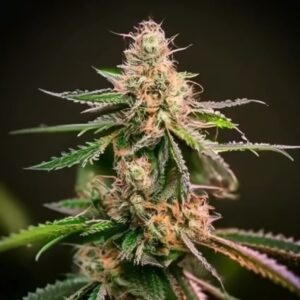


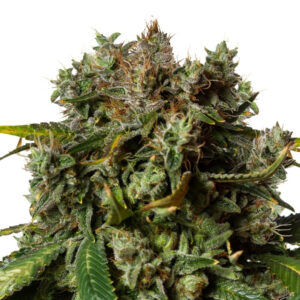

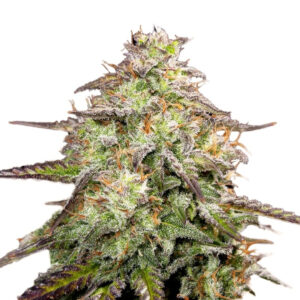
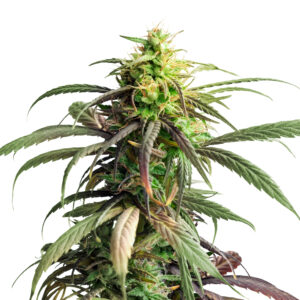






Related Posts
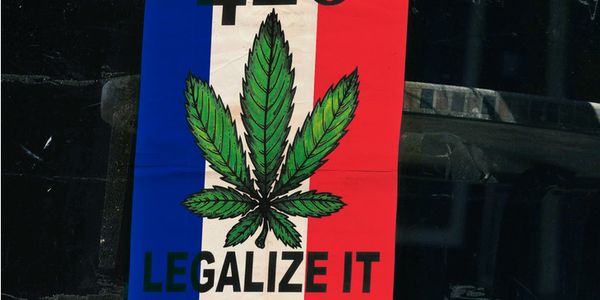
France is witnessing a transformative period in its drug policy, increasingly accepting the use of medicinal cannabis. With trials and new regulations, the country aligns with a global trend, balancing public health and individual freedom. This evolution represents a broader European and worldwide movement towards recognizing cannabis’s medicinal value.
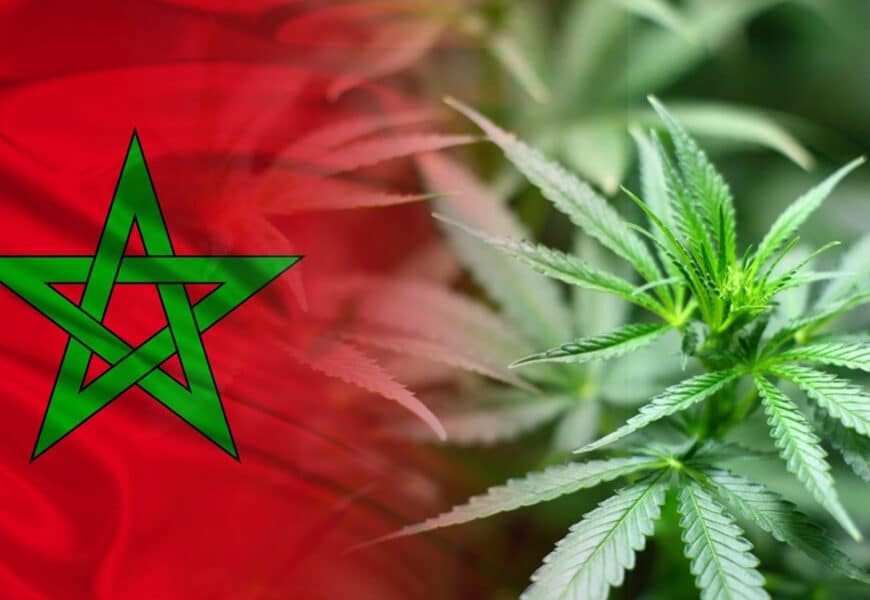
Morocco’s Alhucemas region celebrates the legalization of Beldia cannabis, a move by ANRAC promising economic revitalization and improved farmer livelihoods. This historic decision paves the way for sustainable agricultural practices and positions Morocco as a leader in the legal cannabis market, focusing on cosmetics and pharmacology sectors. The initiative reflects Morocco’s progressive approach to cannabis regulation and its potential global impact.